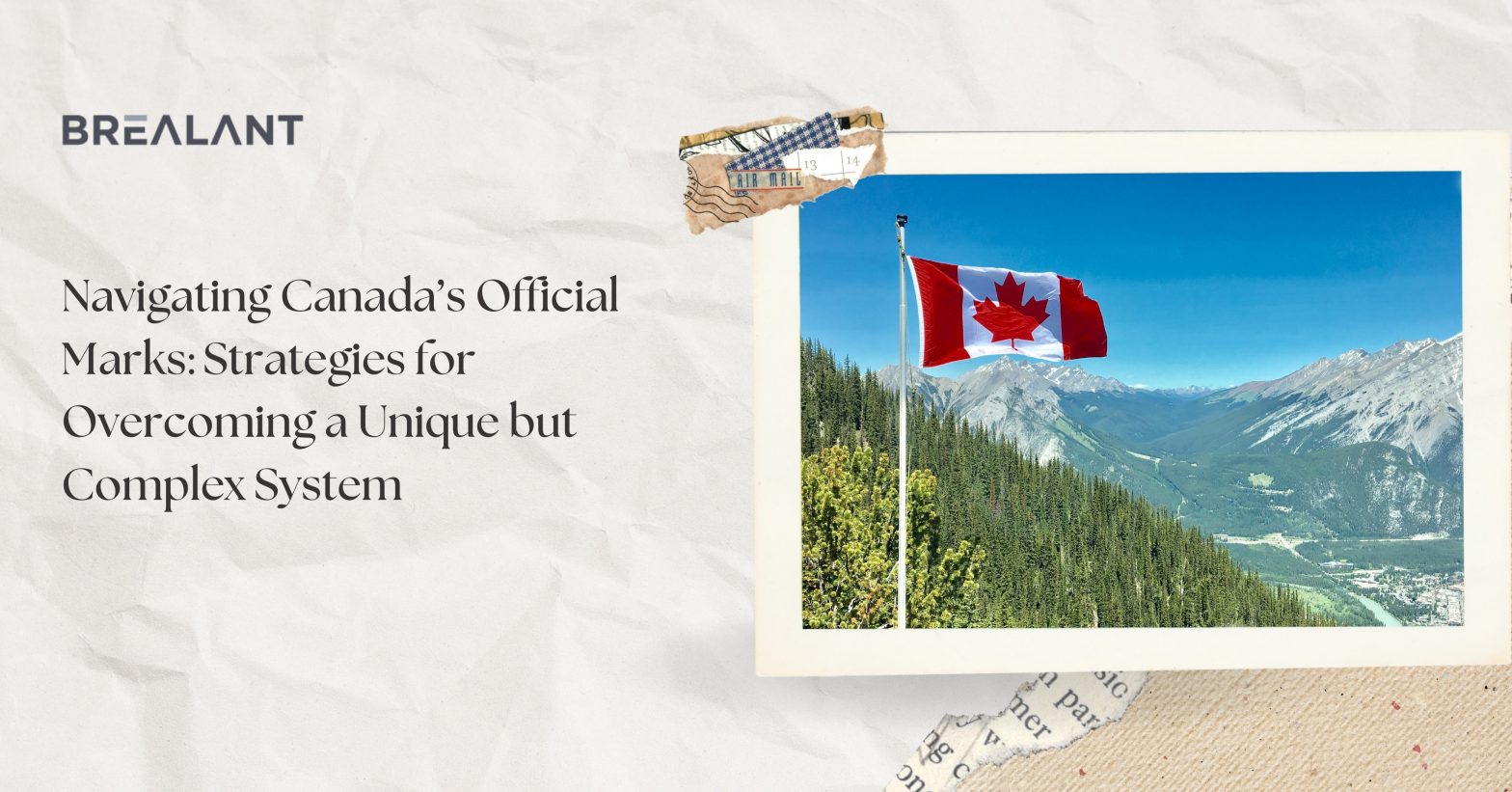When it comes to trademark protection, Canada presents a distinctive challenge to businesses—one that’s largely defined by the concept of “official marks.” While trademarks are a well-known tool for distinguishing goods and services in the marketplace, Canada’s official marks are a category that can significantly complicate a business’s ability to register or use a mark in Canada. Understanding and navigating the official mark system is crucial for any business operating in or entering the Canadian market. In this blog, we will explore the nature of official marks, why the system exists, and strategies for overcoming its potential hurdles.
What Are Official Marks?
Canada’s official marks system is unique and not found in most other jurisdictions. An official mark is a symbol or designation that has been adopted and used by a public authority or certain public entities in Canada, such as government departments, municipalities, and certain non-governmental organizations. These marks are protected under the Trade-marks Act without the need for registration and can act as a barrier to the use or registration of similar marks by private businesses. The main idea behind the official marks system is to prevent businesses from capitalizing on public trust by using marks that are confusingly similar to those associated with public authorities.
The protection for official marks is broad and somewhat indefinite. Unlike regular trademarks, which are limited by the categories of goods and services they apply to, official marks are protected across all industries, preventing their use by others even if they are used in entirely different commercial contexts.
Why Are Official Marks Controversial?
While the purpose of official marks is to protect the integrity and public trust associated with governmental or non-profit symbols, the system has long been criticized for its potential overreach and the complexities it introduces into the trademark landscape. One of the key criticisms is that the official marks system is highly unbalanced in favor of public authorities, often resulting in a de facto monopoly on certain words, phrases, or logos.
Public authorities, under the system, do not need to prove use of their marks to maintain their protection. This means that entities can retain protection for marks that are no longer in use or are not actively associated with any particular goods or services. As a result, businesses may find themselves blocked from registering or using marks that they had no intention of infringing upon, simply because those marks are officially recognized by a public body.
Furthermore, the registration of Canada’s Official Marks is not subject to the same examination processes as regular trademarks. A mark can be adopted by a public authority and granted protection with minimal scrutiny, which often leads to confusion and legal uncertainty for businesses seeking to navigate the trademark system.
The Impact on Businesses
For companies wishing to register a trademark in Canada, encountering an official mark can be a significant barrier. When an official mark is in place, businesses may be unable to register their own marks that are confusingly similar, regardless of whether the official mark is in active use. In some cases, this means businesses can lose out on valuable trademarks, even when those marks would be unique in their industry.
Additionally, businesses might be forced to alter their branding strategy or abandon certain logos and slogans, which could lead to unnecessary legal costs or lost brand equity. For example, if a company attempts to use a name that is similar to an official mark, even if it applies to a different category of goods, it could face opposition or legal action.
Navigating the System: Key Strategies for Overcoming Official Marks
Despite the complexity and potential hurdles, there are effective strategies that businesses can employ to mitigate the impact of official marks and secure trademark protection in Canada.
1. Thorough Research Before Choosing a Mark
The first step in navigating Canada’s official marks system is to conduct thorough research before selecting your brand name or logo. This should include searching through the Canadian Intellectual Property Office (CIPO) database and reviewing the list of official marks in Canada. Since these marks are protected automatically and do not require registration, they might not always be listed in traditional trademark databases. For this reason, it is crucial to seek advice from a trademark attorney or conduct a comprehensive search of both registered and official marks. This will help you identify any potentially conflicting marks early in the process.
2. Understand the Scope of Protection for Official Marks
Understanding the scope of protection granted to official marks is essential. As mentioned, official marks are protected broadly across all industries, so it’s important to assess whether the public authority has actively used the mark in commerce, or if it is simply a reserved mark with no recent activity. If an official mark is not actively in use, there may be room for negotiation or for arguing that there is no likelihood of confusion with your mark.
3. Monitor for Potential Conflicts
Even after you’ve secured a trademark or are in the process of doing so, it is wise to continue monitoring the official marks register. Since official marks are not subject to the same renewal or maintenance requirements as standard trademarks, it is possible for new marks to appear on the radar at any time. Regularly checking the status of potential conflicting marks will ensure you are always aware of new developments.
4. Seek a Legal Opinion
In cases where an official mark is in conflict with your proposed trademark, seek the counsel of a trademark attorney who is well-versed in Canadian trademark law. They can help evaluate the likelihood of a successful opposition or challenge and assist with negotiating with the relevant authority. In some instances, it may be possible to resolve the conflict amicably or seek a coexistence agreement.
5. Challenge Unjustified Official Marks
If an official mark is no longer in use or if you believe it should not be entitled to protection, it may be possible to challenge the official mark itself. The process to remove an official mark from the registry can be complicated, but it is sometimes a necessary step if a public body’s mark is impeding your ability to do business. Engaging with legal counsel familiar with the intricacies of Canadian trademark law will be invaluable in these situations.
Conclusion
Navigating Canada’s official marks system is undoubtedly challenging for businesses, but with careful planning and expert guidance, it is possible to successfully manoeuvre this complex and sometimes flawed system. Understanding the unique characteristics of official marks, conducting thorough research, and seeking professional advice are essential steps for overcoming potential obstacles and protecting your brand in Canada. Whether you are a local business or an international entity seeking to expand into the Canadian market, being proactive and prepared will ensure that official marks do not unduly hinder your trademark strategy.
If you are still facing problem, contact us anytime and our legal attorney will guide you and be with you at each step.

